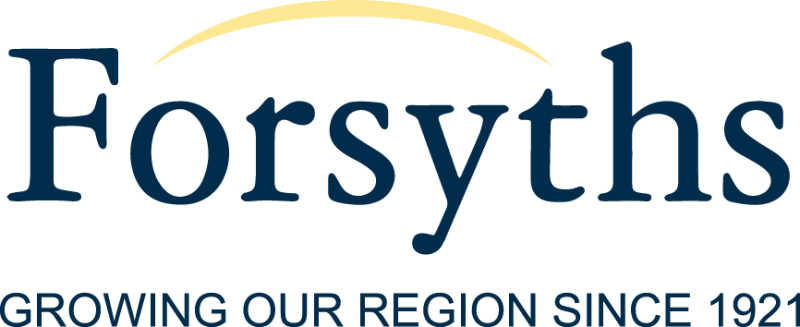
ATO finalises Section 100A guidance for Family Trusts
Do you operate your business via a family trust? The ATO released its final guidance material on the application of section 100A on 8
December 2022 – TR2022/4 and PCG 2022/2. In doing so, it has fortunately clarified a number of issues.
To recap, the ATO in February 2022 updated its guidance around trust distributions made to adult children, corporate beneficiaries
and entities that are carrying losses. Depending on the structure of these arrangements, potentially the ATO may take an unfavourable view
on what were previously understood to be legitimate distribution arrangements. The ATO is chiefly targeting arrangements under section 100A
of the Tax Act, specifically where trust distributions are made to a low-rate tax beneficiary but the real benefit of the distribution is
transferred or paid to another beneficiary usually with a higher tax rate. In this regard, the ATO’s Taxpayer Alert (TA 2022/1)
illustrate show section 100A can apply to the quite common scenario where a parent benefits from a trust distribution to their adult
children.
The final guidance is not the law and represents no more than the ATO’s view about how the law applies. It carries no legal authority, and
clients in consultation with us as your advisor may consider venturing out into deeper and rougher waters, depending on your circumstances.
Following the release of the ATO material, there are a number of risk management options going forward:
Only distribute to Mum and Dad
This would be quite safe from section 100A scrutiny. No person pays less tax as a result of any agreement, and this is unlikely to be seen
as high-risk by the ATO.
Continue to distribute to young adult beneficiaries, but hand over the money
If you are happy to give money to your children, this can be achieved while at the same time optimizing tax.
Charge board and current university fees
If adult beneficiaries are living at home, they should pay board (just as if they had a job). This will not add up to large sums, but
arm’s-length board for a full year could come to about $18,000. This allows for some tax arbitrage without handing the kids any money.
Use of bucket company
Having a private corporate beneficiary caps the tax rate imposed on trust income. Franked dividends can subsequently be flexibly allocated
through having a trust structure interposed between the bucket company and the beneficiaries. The present entitlement can be lent back to
the trustee for use in the business of the trust, although there are minimum repayment conditions. Avoid having the main trust as a
shareholder in the bucket company. The ATO considers circular income flows to be high-risk.
Be alert for the “no reimbursement agreement”argument
If you are contemplating making a gift or an interest-free loan to another person, ask questions about the circumstances behind this plan.
If it was not in contemplation at the time of the relevant appointment of trust income (up to two years ago), but has arisen because family
circumstances have changed recently, there may not be a reimbursement agreement.
If making gifts, go once and go big
You are unlikely to escape ATO attention if you have beneficiaries making gifts or loans year-after-year. So, where there is a strong
argument to support the ordinary dealing exception, try to make it once-off, and for a significant amount if possible.
“The information in this newsletter is factual information only, and is not financial, legal or tax advice. The information is
objectively ascertainable information and is not tailored to your personal circumstances. You should consider obtaining professional advice
before making a decision in relation to this information.”



